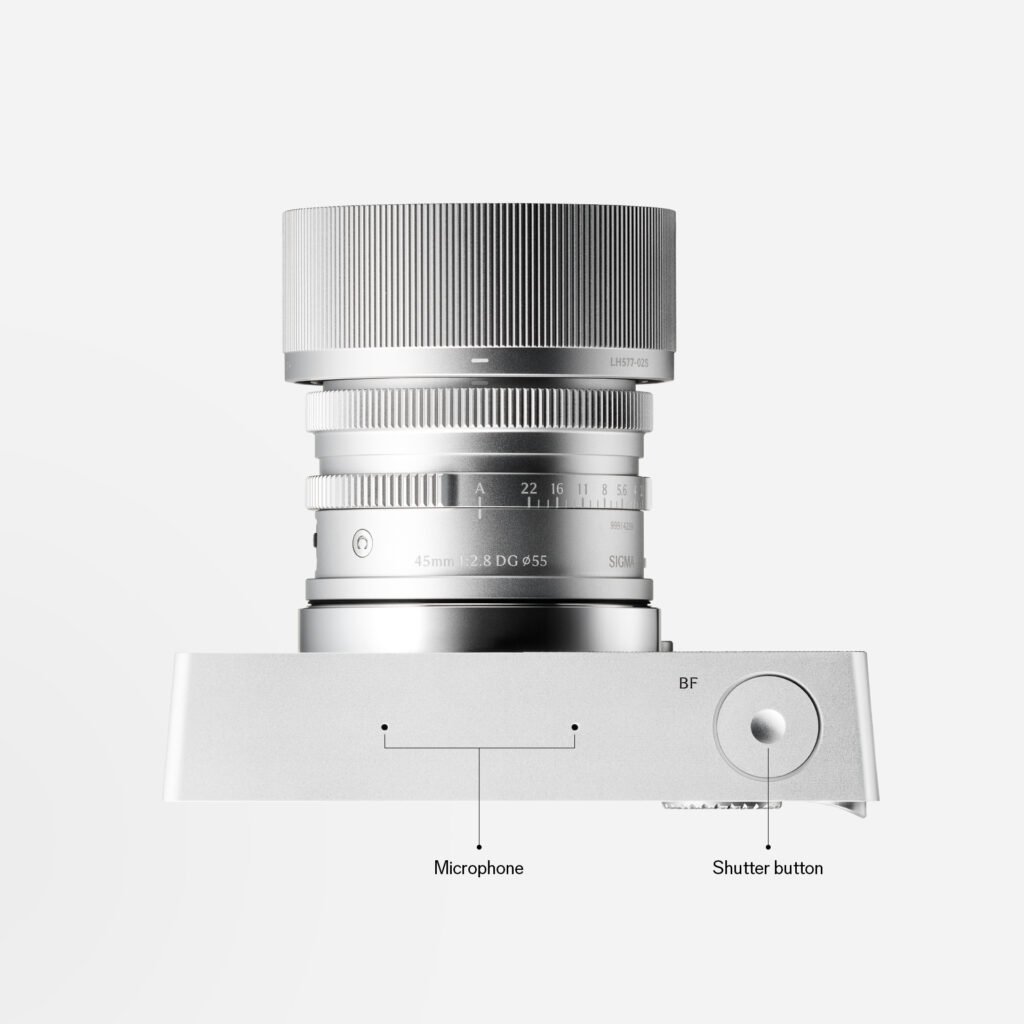
Sigma’s New BF Camera: Because Who Needs Buttons Anyway?
In a world where cameras have more buttons than a spaceship cockpit, Sigma has decided to take a bold step backward—or forward, depending on how you look at it—with the launch of the Sigma BF. This compact, 24.6-megapixel full-frame interchangeable lens camera is designed to “evoke the essence of photography” by stripping away all the “unnecessary” features that photographers apparently never asked for. Because, let’s be honest, who really needs more than three buttons, a dial, and a shutter release? As the legendary Ansel Adams once said, “You don’t take a photograph, you make it.” Well, Sigma is here to help you “make it” with the bare minimum of tools. You’re welcome.
Size Matters (But Not Too Much)
Measuring a dainty 5.1 x 2.9 x 1.4 inches and weighing just 13.7 ounces, the Sigma BF is here to remind you that photography is supposed to be fun, not a workout. Sigma claims this camera is designed to “focus on the joy of photography” by removing distractions. Because nothing says “joy” like frantically swiping through a touchscreen to find the ISO setting while your subject walks away. But hey, at least it’s lightweight! As Henri Cartier-Bresson famously said, “Sharpness is a bourgeois concept.” So, who needs a cluttered interface when you can have… well, almost nothing?
The Unibody Design: Because Seven Hours of Carving Aluminum is Totally Worth It
Sigma is proud to announce that the BF is the first camera in history to feature a “true unibody” design. That’s right, folks—this camera is carved from a single block of aluminum, a process that takes a whopping seven hours. Seven. Hours. That’s longer than it takes most of us to decide which Instagram filter to use. But hey, Sigma promises “unprecedented rigidity,” so if you ever find yourself in a situation where your camera needs to double as a paperweight or a doorstop, you’re covered. And let’s not forget the built-in 230GB SSD, which can store approximately 14,000 JPEGs or 2.5 hours of video. Because who needs removable memory cards when you can just plug in a USB-C cable and pray your computer recognizes the device?
Haptic Feedback: For When You Need to Feel Your Buttons
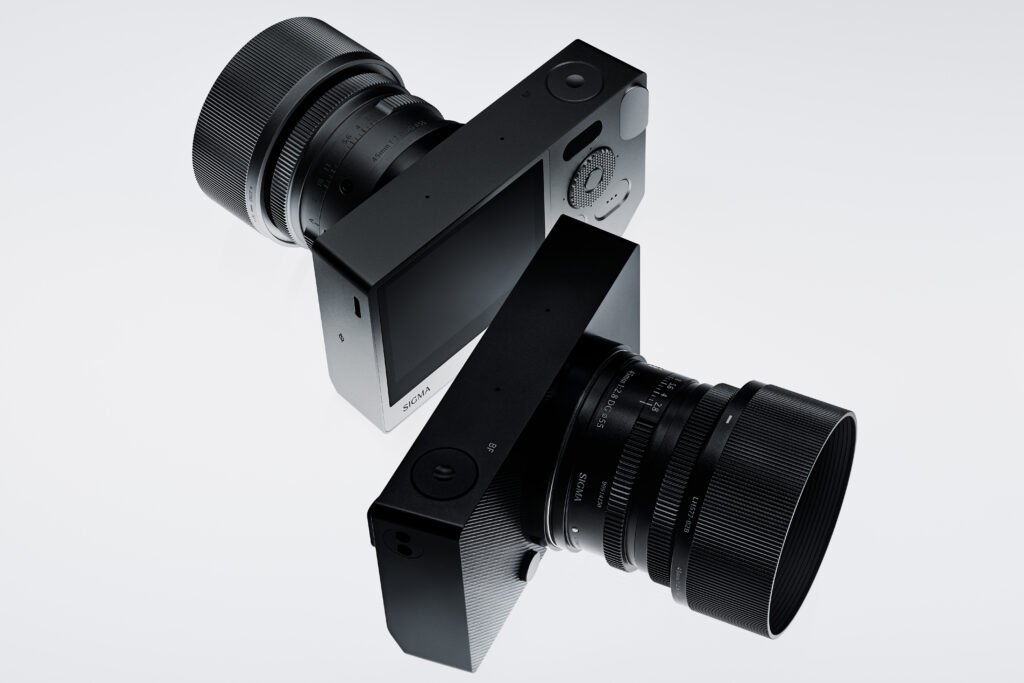
In a move that’s sure to delight tech enthusiasts and confuse everyone else, the Sigma BF is the first mirrorless camera to incorporate haptic feedback into its dial and buttons. That’s right—every time you press a button, the camera will give you a little buzz, just to remind you that you’re doing something. Because apparently, the sound of the shutter and the sight of your subject isn’t enough feedback. As Dorothea Lange once said, “The camera is an instrument that teaches people how to see without a camera.” But apparently, Sigma thinks it should also teach you how to feel.
The Interface: Minimalism at Its Finest (or Most Frustrating)
The BF’s user interface is so simple, it’s almost revolutionary. Or maybe it’s just infuriating. The main settings live on the live view screen, secondary settings are tucked away in an optional menu, and “management functions” are buried in the system menu. Sigma promises that photographers will be able to adjust key parameters like shutter speed, aperture, and ISO sensitivity with just the “touch of a finger.” Which is great, unless you’re wearing gloves. Or it’s raining. Or you have fat fingers. But hey, at least the rear display only shows the “minimum necessary information,” so you won’t be distracted by pesky details like battery life or remaining storage. As Garry Winogrand once quipped, “I photograph to find out what something will look like photographed.” With the BF, you’ll also be photographing to find out where the heck your settings are.
Color Modes: Because Creativity Needs Options (and Pretentious Names)
The Sigma BF comes with 13 color modes, including such poetic options as “Powder Blue,” “Warm Gold,” and “Forest Green.” Because nothing says “artistic vision” like selecting “Sunset Red” from a dropdown menu. And let’s not forget “FOV Classic Blue” and “FOV Classic Yellow,” which sound less like color modes and more like rejected names for craft beers. But hey, at least you’ll have plenty of ways to make your photos look like they were taken in the 1970s. As Elliott Erwitt once said, “To me, photography is an art of observation. It’s about finding something interesting in an ordinary place.” And with 13 color modes, you can make that ordinary place look… well, slightly less ordinary.
Sample Images: Because Donkeys and Neon Signs are the New Black

Sigma has graciously provided a few sample images taken with the BF, and they’re exactly what you’d expect from a camera that’s trying to be “radically simple.”
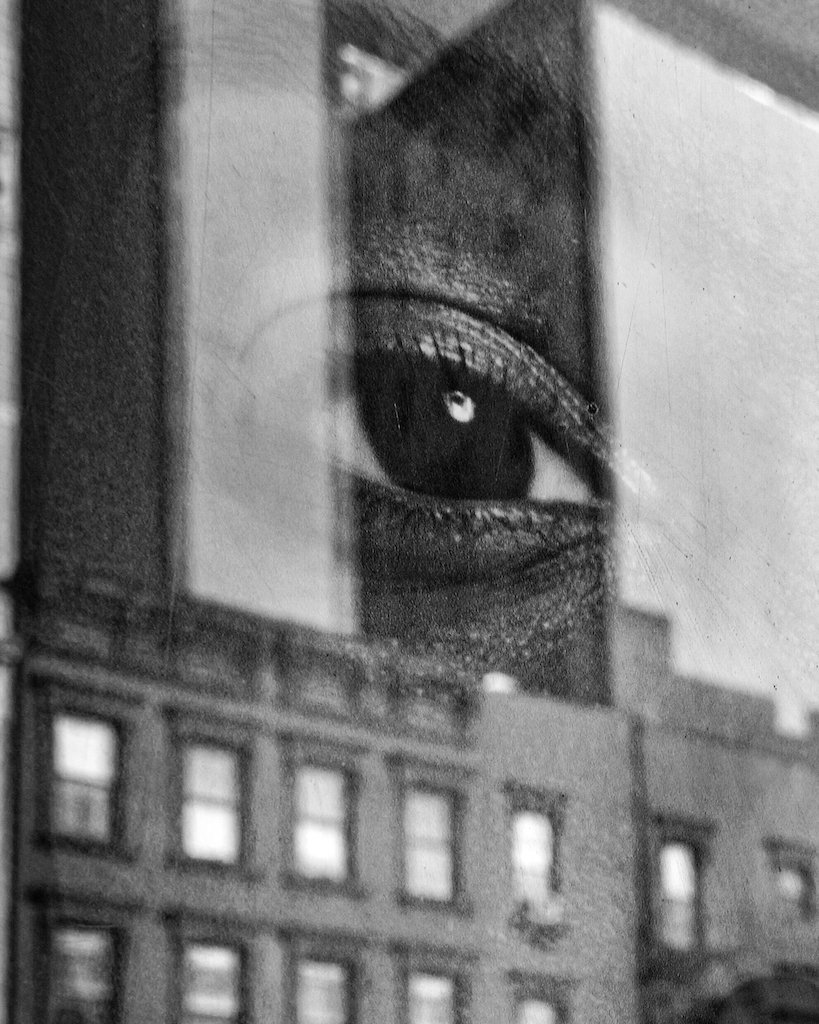
There’s a nighttime street scene in Deep Ellum, Texas, complete with neon signs and traffic lights. A person in a football jersey is staring intently at the camera, because nothing says “photography” like a moody portrait. “A photograph is a secret about a secret. The more it tells you, the less you know.” And after seeing these sample images, I can confidently say that I know absolutely nothing.
Price and Availability: Because $1,999 is a Steal (for a Paperweight)
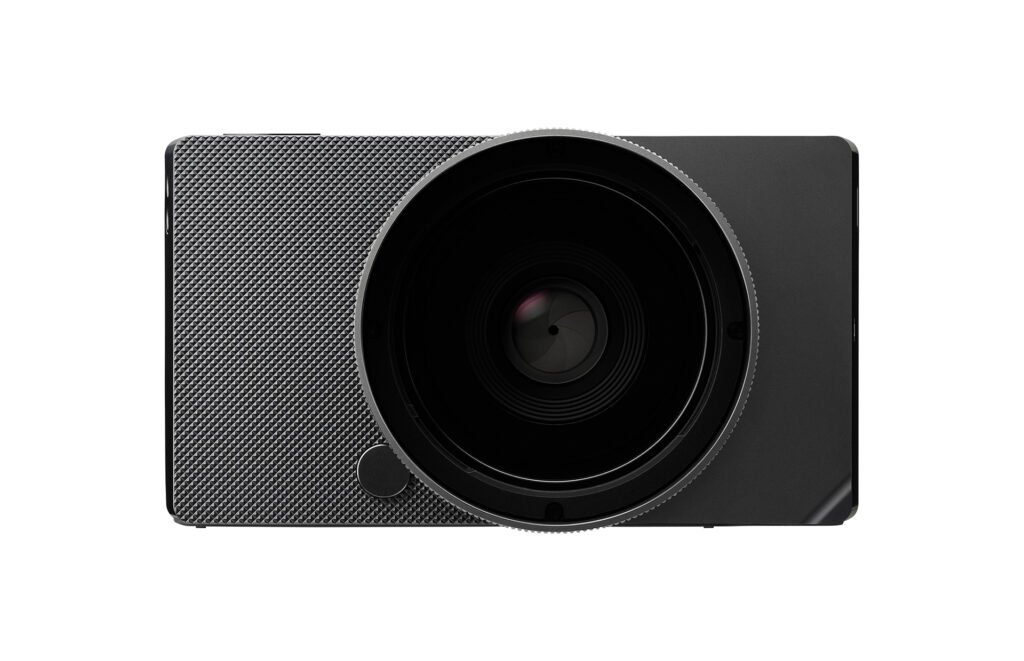
The Sigma BF will be available in black or silver and is scheduled to ship by April 2025. Both versions will retail for $1,999, which is a small price to pay for a camera that’s carved from a single block of aluminum and has exactly three buttons.
As Richard Avedon once said, “Your photographs are a record of your living, for anyone who really sees.” And with the Sigma BF, your photographs will also be a record of your patience, your adaptability, and your willingness to embrace radical simplicity.
Or, you know, you could just buy a different camera. Your call.
The Sigma BF is either a groundbreaking step toward simplifying photography or a masterclass in overthinking minimalism. With its unibody design, haptic feedback, and three-button interface, it’s a camera that dares to ask, “What if less is actually… less?” Whether it’s a revolutionary tool for purists or a $1,999 paperweight with a fancy buzz feature, one thing is clear: Sigma is betting big on the idea that photographers are tired of options. But in a world where creativity thrives on flexibility, is stripping away controls really the answer—or just a clever way to sell us less for more?
If a tree falls in the forest and no one hears it, does it make a sound? And if a photographer tries to change the aperture on the Sigma BF and can’t find the setting, did the moment even happen? More importantly, would Ansel Adams have traded his trusty view camera for a block of aluminum that buzzes like a confused smartphone? Would Henri Cartier-Bresson have embraced a camera with three buttons, or would he have thrown it into the Seine in a fit of artistic rage?
And let’s get real: if you’re spending $1,999 on a camera that’s simpler than a toaster, are you really a photographer—or just someone who enjoys a good buzz with their shutter release? The Sigma BF is here to challenge everything we thought we knew about photography. But the real question is: are we ready to be challenged, or are we just going to buy a different camera and pretend this one doesn’t exist?


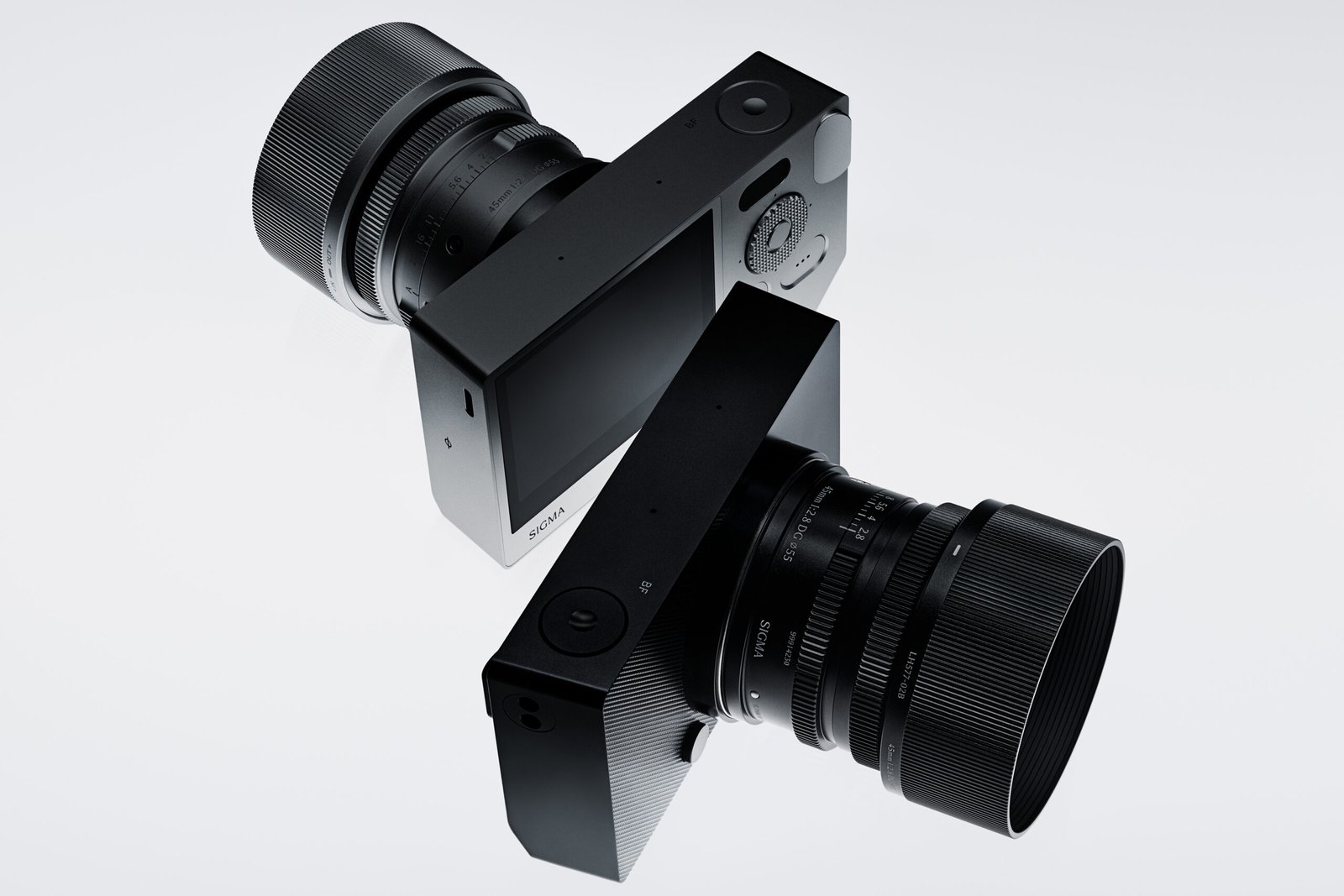






What do you think?
Show comments / Leave a comment